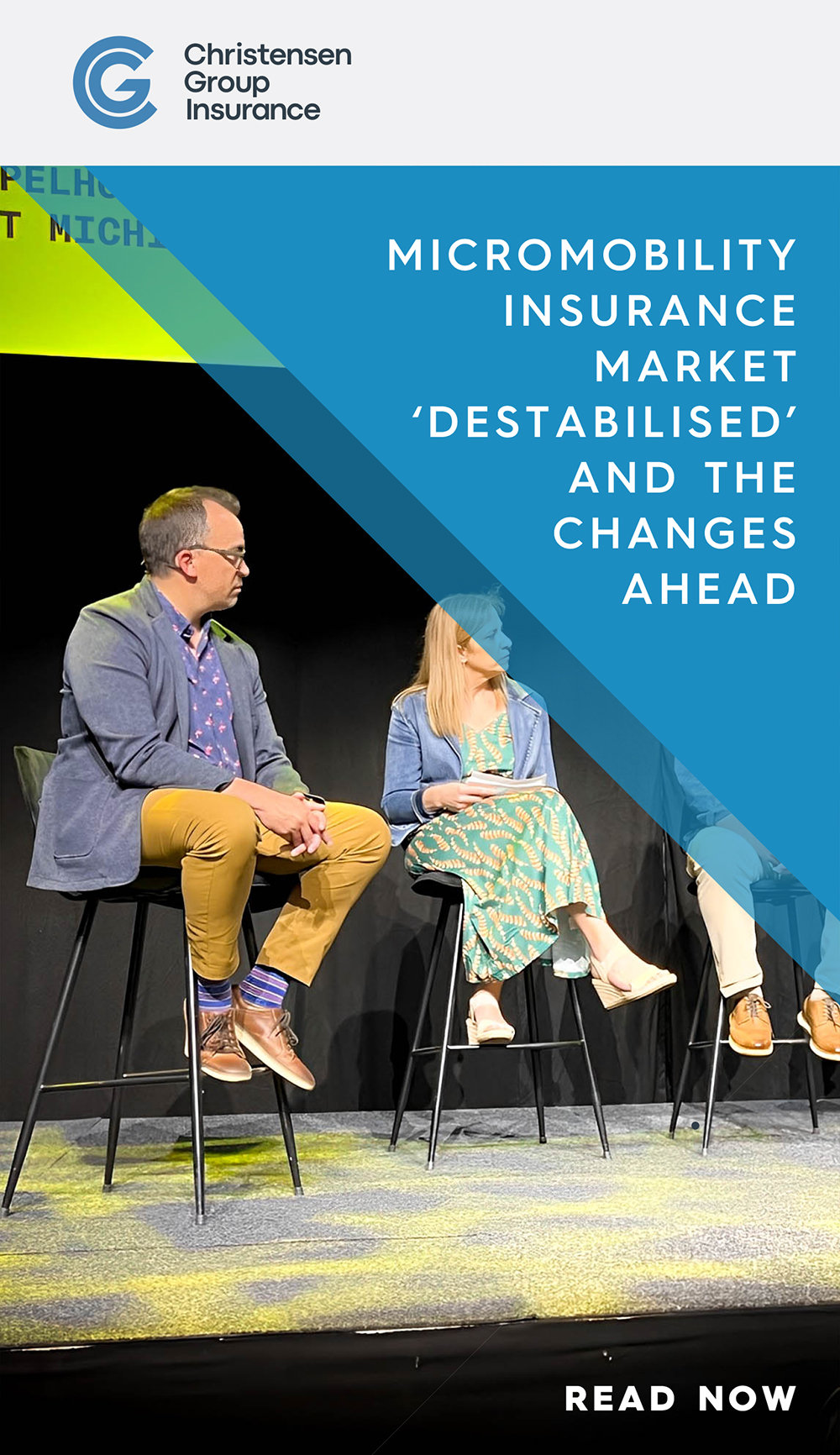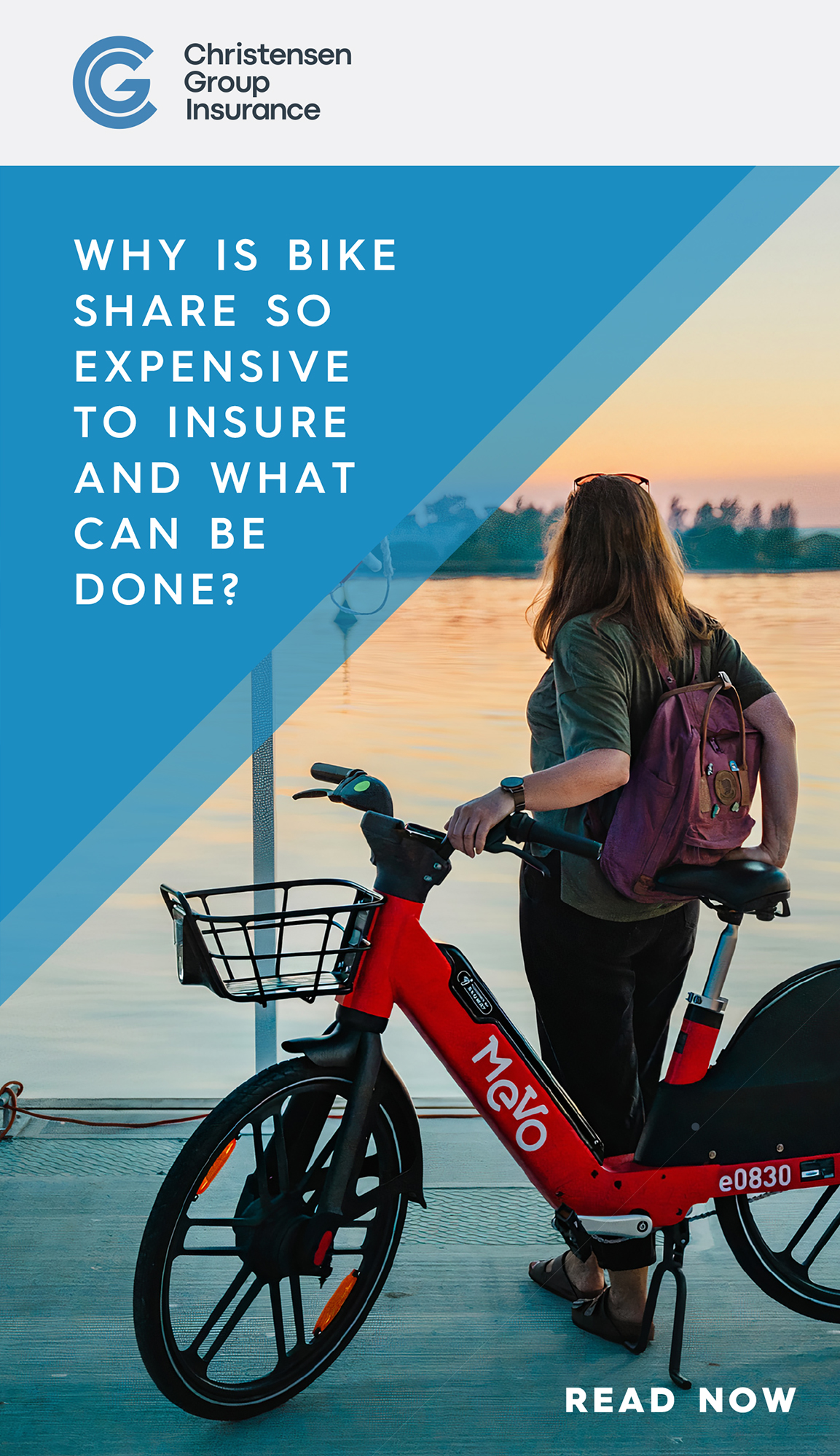Veo is one of the largest micromobility operators and manufacturers in the US.
A core part of the sustainable transport company’s mission is to eliminate the need for car ownership and usage, and based on the findings of its latest rider survey, it is making impressive progress toward that goal.
In this year’s survey, Veo collected responses from 12,384 riders, all over the age of 18, with 6,145 of those also providing written feedback.
The results provide fascinating reading – 28% of Veo riders don’t have a driver’s license, while 40% don’t own or have access to a car.
Meanwhile, 73% of Veo users that have access to a car have managed to reduce their usage as a direct result of embracing micromobility.
“This survey busts a lot of myths that surround micromobility,” Paige Miller, Senior Manager for Policy and Communications at Veo,” tells Zag Daily.
“Our riders told us that shared scooters and bikes aren’t just a convenience – they are essential. Micromobility is how they get to work and pick up groceries, it is part of their everyday lives.”
Shift away from cars
Following the conclusion of the 2024 survey, Miller authored a report which breaks down and analyses the data that Veo has collected on its riders. The entire process took four months in total to complete, with Miller personally reading through all 6,145 written responses.
While working on the survey, she was inspired by author Anna Letitia Zivarts, who recently published a book titled When Driving Is Not an Option. In the research for her book, Zivarts found that around a third of people in the US do not have a driver’s license, and this prompted Veo to inquire about driver’s licenses in its survey.
“Her book showed how current transportation systems fail to serve a large and diverse group of people who don’t drive – including older adults, people with disabilities, young people, and those with lower incomes,” Miller says.
“And when we develop transportation systems that serve nondrivers, we improve outcomes for everyone.”
Data from the Department of Transportation in the US has also captured this trend of falling car usage, especially among young people. Between 1983 and 2022, the number of 18-year-olds with a driver’s license declined from 80% to 60%, while members of Gen Z currently make up less than 13% of all drivers.
“According to our survey data, 62% of Veo riders are aged between 18 and 24,” Miller explains.
“By combining affordable public transport options with micromobility services like Veo, more young people are realising they don’t need to obtain driver’s licenses in order to move around their local communities. But ensuring that this generation can continue to move freely without cars will require cities to add safer, more connected infrastructure for riding, along with new vehicle types that allow riders to do things like carry groceries and transport children.”
Accessibility remains crucial
Despite the large number of younger people being attracted to micromobility, Veo remains focused on accessibility and ensuring that as many people of all ages, incomes and circumstances can use its services.
“There is this concept that micromobility is just for non-disabled people but 17% of our riders have a disability, which is the highest percentage we’ve seen across the entire industry,” Miller explains.
“We noted from focus groups that vehicle type really matters to people with disabilities and we have responded through the Research & Development (R&D) process. Our seated vehicles are built with larger tires and a lower center of gravity, which makes people feel safer and more comfortable while riding, especially those who cannot pedal or stand for long periods.”
The qualitative responses gathered throughout each survey allow Veo to respond to the needs of its riders, with the points brought up then discussed during community focus groups. One such session from last year involved working with a disability advocacy group, with a report set to follow in early 2025.
“Veo is also testing a new trike model, as well as a two-seated vehicle that has space for a passenger who may be unable to use micromobility alone,” says Miller.
“This is because 65% of respondents said they would use micromobility more often if the vehicles could accommodate two riders, while 59% said they would like to transport a friend or relative who could not use micromobility themselves. The prototype is currently being tested in communities, so stay tuned.”
Valued feedback
A really important topic that has come to light thanks to user engagement has been the importance that riders place on physical infrastructure. Miller says that this has been regularly mentioned in every survey conducted so far, suggesting that a lack of protected bike lanes remains an impediment to the wider adoption of micromobility.
“Another common myth is that riders are irresponsible and carelessly riding on the sidewalk,” Miller continues.
“In reality though, when we ask riders why they might use the sidewalk, the vast majority say that it’s because they don’t feel safe in the street. And most say they would stop riding on the sidewalk if a protected bike lane were available. This is an important conversation for us to have as cities work to improve pedestrian accessibility while meeting the growing demand for micromobility.”
Despite the lack of appropriate infrastructure, 60% of users said they felt safe or very safe on a Veo vehicle, while most of the common safety concerns related to interactions with people driving cars.
Notably, a number of respondents said that having access to Veo made them feel safer.
One rider said: “As a woman, I can get places faster and safer at night. I love the convenience it provides, especially with a seat.”
Another concurred: “When it’s late and dark, [Veo] makes me feel safer and gets me home faster.”
Having led on the rider survey from the start, the feedback is very personal to Miller and something she cares deeply about.
“I love seeing how micromobility can change people’s lives,” she explains.
“I joined Veo because I’m passionate about active transportation and making cities livable. But the more I have engaged with riders, the more I have seen how micromobility is a critical tool for expanding access and independence—especially for those who are left behind by our current transportation systems. I’m excited to keep learning from our riders and working to make micromobility a more viable option for even more people.”

Looking ahead, Veo hopes to have even more users to survey when the next edition rolls around. So, what would you ask more than 12,000 micromobility users given the chance?





